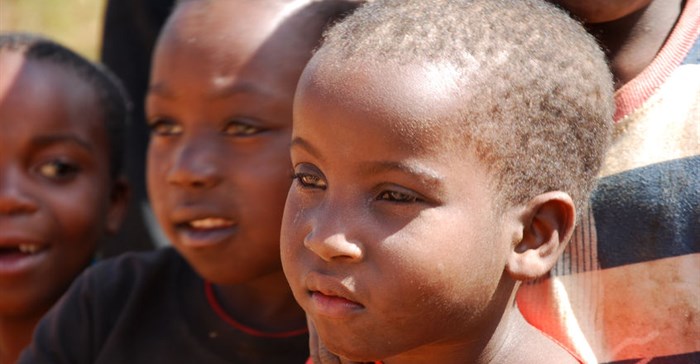
Subscribe & Follow
Advertise your job vacancies
Jobs
- Head: Customer Support Johannesburg
- Clinical Cosmetic Support Researcher Cape Town
We're living longer, but are sicker
The good news is South Africans are living longer than they were 10 years ago, but on the flipside, more and more people are facing long-term health challenges from both infectious and non-communicable diseases.
These and other significant health findings are being published in a dedicated issue of The Lancet as part of the Global Burden of Diseases, Injuries, and Risk Factors Study (GBD). The study draws on the work of more than 1,800 collaborators in nearly 130 countries and territories.

© franco volpato 123rf.com
HIV/Aids turnaround
“The evolving burden of disease in South Africa illustrates the importance of political commitment and evidence-informed policies. Life expectancy plummeted by about nine years to below 52 years in 2005, during an era of AIDS denialism,” says Dr Charles Shey Wiysonge, a GBD collaborator from South Africa who serves as a professor of clinical epidemiology at the faculty of medicine and health sciences, Stellenbosch University.
“However, with greater political commitment and expanding access to antiretroviral therapy, this trend has reversed and life expectancy is close to where it was in 1990,” Wiysonge adds. “Policymakers need to build on the current momentum and use GBD findings and other available evidence to increase access to quality health care for all South Africans.”
In South Africa, HIV/Aids was the leading killer, resulting in 112,243 deaths in 2015. The second and third top causes of death were ischaemic heart disease and tuberculosis related to HIV/Aids, killing 45,119 and 42,943, respectively.
But the conditions that kill are not typically those that make people sick in South Africa. In 2015, while the top nonfatal cause of health loss was also HIV/Aids, the second and third causes were diabetes and lower back pain.
Globally, life expectancy increased from about 62 years to nearly 72 from 1980 to 2015, with several nations in sub-Saharan Africa – including South Africa – rebounding from high death rates due to HIV/Aids.
Child mortality
Child deaths are falling fast, as are illnesses related to infectious diseases. But each country has its own specific challenges and improvements, from fewer suicides in France, to lower death rates on Nigerian roadways, to a reduction in asthma-related deaths in Indonesia.
Findings for South Africa include:
- A child born in South Africa in 2015 can expect to live to the age of 61, while a child born 10 years earlier in 2005 had a life expectancy of 55.
- While the world has made great progress in reducing deaths of young children, globally 5,8m children under the age of five died in 2015.
- Of that global figure, 42,540 of those children were in South Africa. The number of under-age-five deaths in South Africa in 1990 was 81,794.
The study was established in 1990 with support from the World Bank. This year, researchers analysed each country using a socio-demographic index, examining rates of education, fertility, and income. This new categorisation goes beyond the historical “developed” versus “developing” or economic divisions based on income alone.







